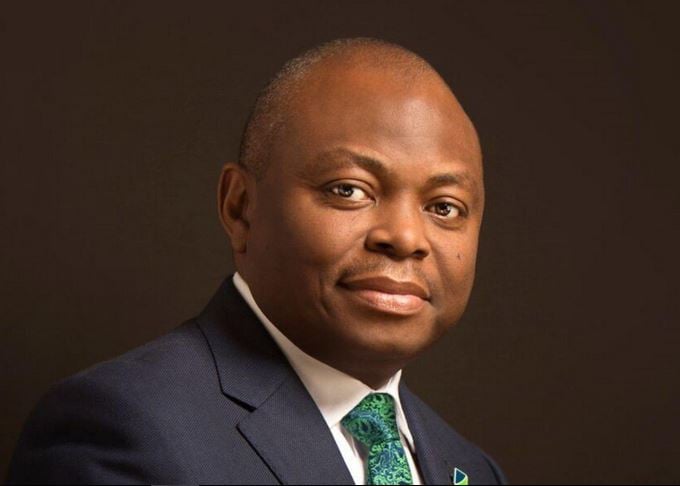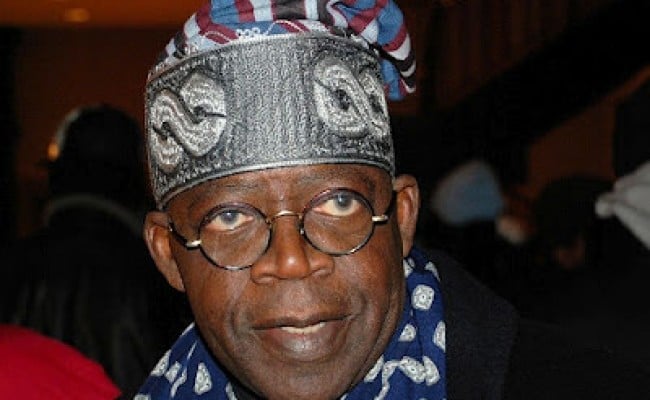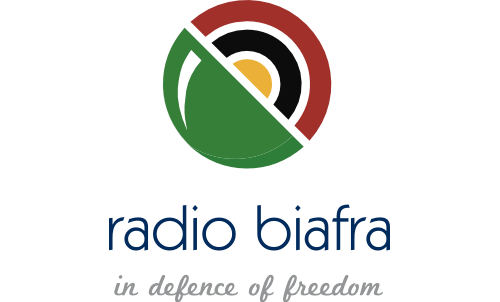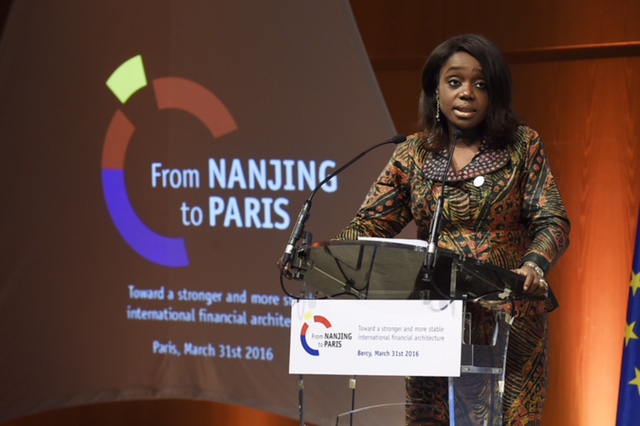Fidelity Bank Plc, one of Nigeria’s most capitalised financial institutions, says it is maintaining a tradition of consistent dividend pay-out for six years consecutively.
The bank’s gross earnings for the period ended December 31, 2015 grew to N146.9 billion from N136.1 billion recorded in 2014 Financial Year (FY), with a promised shareholders’ dividend pay-out of N4.6 billion at 16 kobo per share.
According to the lender’s audited financial statements for the period under review, Fidelity Bank posted a rise of 7.9 percent and 0.8 percent in its gross earnings and profit respectively.
Despite the nation’s harsh operating environment characterised by regulatory and economic headwinds, profit after tax (PAT) stood at N13.9 billion as against N13.8 billion in 2014.
Advertisement
Total equity increased by 6.0 percent to N183.5 billion from N173.1 billion in 2014 FY, net operating income stood at N83.9 billion, a moderate 12.5 percent rise from N74.6 billion in 2014 FY.
Nnamdi Okonkwo (pictured), the bank’s CEO, said the bank’s 2015 FY performance reflects the disciplined execution of the management’s medium term strategy and the resilience of evolving business models despite the extremely challenging business environment in 2015.
He explained that the bank improved the earning capacity of its balance sheet even in the face of decline in fee income precipitated by a N10 billion reduction in its foreign exchange income.
Advertisement
“We continued to increase yields on earning assets faster than the growth in funding costs which improved our Net Interest Margin (NIM) to 6.9 percent in 2015,” he said.
This development, the Fidelity helmsman added, is indeed indicative of the bank’s continual focus on balance sheet optimisation, rebalancing of its loan portfolio in consonance with its medium term strategy and increased growth in retail deposit base.
In spite of the strong double digit growth of 12.5 percent in net operating income, profit before tax (PBT) for 2015 assumed a downward trajectory, declining by 9.6 percent to N14.0 billion from N15.5 billion in 2014.
“PBT declined by 9.6 percent largely due to two critical factors: the 17.1 percent increase in total expenses due to strategic investments and cost incurred in 2015 to position the business for further growth in line with our aspirations.
Advertisement
“The increase in impairments due to a more prudent approach adopted with respect to a special regulatory provision which was charged directly to the Profit and Loss (P&L) was responsible for the decline in profit.”
More importantly, the lender’s cost of risk remained within its guidance of 1.0 percent despite a 6.7 percent growth in the loan book and weaker macro-economic indices in the 2015 FY.
While total expenses rose by 17.1 percent to N64.1billion from N54.8 billion in 2014 FY, deposits fell to N769.6 billion from N820.0 billion representing a 6.1 percent decline.
Okonkwo explained that the decline was due to the implementation of the Treasury Single Account (TSA), adding that the disciplined execution of the bank’s retail strategy continued to deliver strong results as savings deposits grew by 22 percent YoY in the 2015FY.
Advertisement
“Our NPL ratio remained constant at 4.4 percent while our regulatory ratios remained well above the set thresholds, our capital adequacy ratio at 19 percent gives us ample leverage to take advantage of emerging business opportunities.”
In 2016, the bank says it will focus on redesigning its systems and processes to enhance service delivery, disclosing plans to embark on cost optimisation initiatives aimed at reducing expenses by 5 percent.
Advertisement
The bank will also adopt proactive risk management strategies, increase customer adoption/migration to its digital platforms and grow its retail banking market share.
Advertisement
Add a comment







